If you have ever participated in an investment committee, you will note with wonder that all of the investors have put the written memo aside and are examining the numbers—revenues, costs, net profit, net margins – in the spreadsheet. This is because numbers speak volumes when it comes to growing sustainable businesses. They not only tell us how enterprises are performing, but also what kind of capital they need to grow and scale their impact.
The assessment of the financial performance of social enterprises in Romania conducted by NESsT does just that.
It shows that social enterprises in Romania are for the most part getting by – hovering around the break-even point. However, except for a few outliers, they have not been able to get beyond this point, and begin the process of impactful growth.
The key reason for this, as demonstrated by the study, is that they lack the right capital at the right time to validate their business models, establish their cost-revenue structures, diversify their products, expand sales, and build the systems and teams needed for growth. In fact, not only do they lack this capital, but also the resources that are available to them often do exactly the opposite.
Public funding that requires enterprises to create jobs overnight, but does not allow time for the development of business models to sustain these jobs, results in a 50% loss of jobs, shrinking margins, shrinking teams and overall fragility and instability once the funding is gone.
Not only is this detrimental to the enterprises, but also to the vulnerable people that these jobs were meant for in the first place.
Furthermore, providing funding on a reimbursement basis does exactly the opposite of what these enterprises need – upfront capital that will allow them to invest in infrastructure and talent, both drivers of successful businesses. Nor does it give them the cash they desperately require to pay suppliers upfront and ensure that they can meet client demand.
Burdensome bureaucratic requirements, only distract them from the day-to-day running of their enterprises. Enterprises need patient capital in order to build their companies. They need patient capital for cash flow, for investment, and to underwrite business services.
The way that patient capital is created is through blended structures that bring together public and private funding.
Public funding can be used to de-risk investment capital. This allows for the offering of reasonably sized investments (USD 25,000-200,000) often needed by social enterprises but not offered by investors who need to deploy large amounts of capital with higher expected returns. It also allows for the creation of quasi equity structures such as recoverable grants to grow before breaking even and to become investment ready; patient loans with soft terms such as low interest rates, longer grace periods and repayments based on revenues and performance; or convertible debt and redeemable equity, instruments that recognize the need to transition enterprise ownership along the way.
For this to happen, we need to create the industry.
And to create the industry, we need to work in partnership so that a value chain of support is created along the different stages of enterprise development.
The fact that the enterprises in this study were able to generate 24 million euros in sales and create close to 1000 jobs for vulnerable people in one year reflects tremendous resilience and an entrepreneurial mindset on their part. The fact that they were able to survive the post EU funding period and are still having impact is also commendable.
But imagine where these entrepreneurs would be if they could rely on an ecosystem of private and public support that gives them the flexibility to innovate, the time to build market driven models, the opportunity to build sustainable jobs and income opportunities for the vulnerable, and the recognition that what they are doing is extremely important work but that they simply cannot do it alone.

